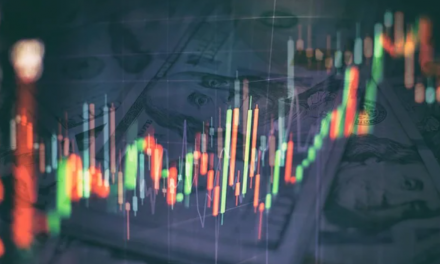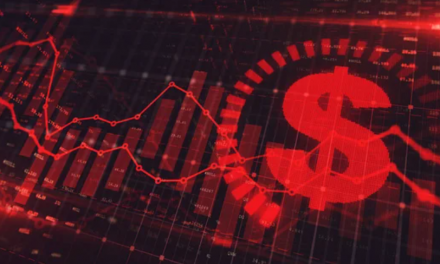The rise of artificial intelligence (AI) has sparked concerns about its potential to disrupt job markets and industries. Could AI replace human workers and lead to widespread unemployment? It’s a question that has loomed large in the age of automation. However, a recent report from Wells Fargo Economics suggests that while AI may transform certain aspects of the job market, the doomsday scenario of massive job losses is unlikely to materialize. In fact, AI might ultimately play a role in stimulating the labor market.
White-Collar Jobs in the AI Crosshairs
The report highlights that “white-collar” jobs are most susceptible to the influence of AI technology. These are roles that involve a significant amount of cognitive tasks and decision-making. Notable examples include telemarketers, political scientists, mediators, judges, psychologists, and postsecondary teachers in fields such as foreign languages, history, and law. On the flip side, jobs that require a strong physical presence and hands-on skills, like cement masons, roofers, and welders, are considered less vulnerable to AI encroachment.
A Reality Check: Predictions vs. Reality
Historically, predictions about the consequences of automation have often missed the mark. The report points to a 2013 paper from Oxford University that projected a staggering 47% of U.S. employment was at risk of automation within the next couple of decades. Yet, these forecasts failed to align with the current labor market reality, where the unemployment rate, as of late, has held steady at record lows, hovering around 3.5%.
The Case for Gradual Transition
One factor likely to mitigate the potential impact of AI on jobs is the pace of technology adoption. While technological advancements can occur swiftly, widespread adoption often takes more time. This gradual implementation allows for a smoother transition in the workforce. Various factors, such as government regulations, hardware costs, and labor union actions, can potentially slow down the integration of AI technology, providing workers with more time to adapt.
AI: Bridging Labor Gaps
Furthermore, the report suggests that AI could step in to address a growing challenge—the slowdown in the growth of the labor force. Projections indicate that the U.S. labor force is expected to expand at a rate of just 0.5% annually from 2023 to 2033, about half the pace observed over the past three decades. This structural decline in labor supply, encompassing modest growth in the working-age population and smaller gains in labor-force participation, implies a need for more workers and, in some cases, increased productivity. AI has the potential to fulfill both of these requirements.
A Net Job Creator
In all likelihood, the report asserts, AI will generate jobs even as it replaces others. It cites research from the Massachusetts Institute of Technology (MIT), which found that a substantial 60% of job roles performed in 2018 had not existed in 1940. While the transformative power of AI is undeniable, the report urges caution against viewing widespread job displacement as an inevitable outcome. Throughout history, skeptics have sounded alarms about new inventions leading to surges in unemployment, only to witness the resilience of the job market as it adapts to change.





